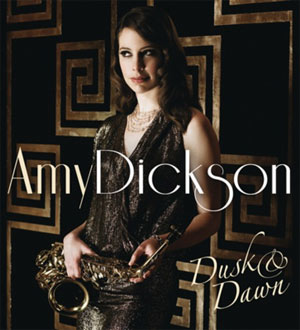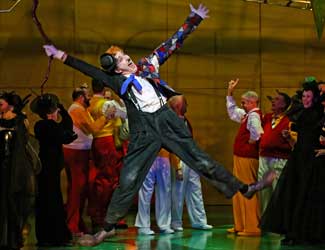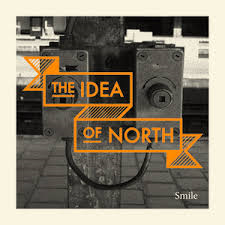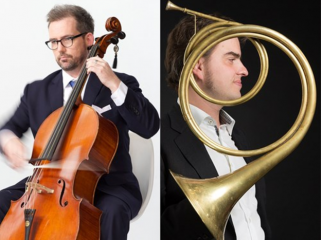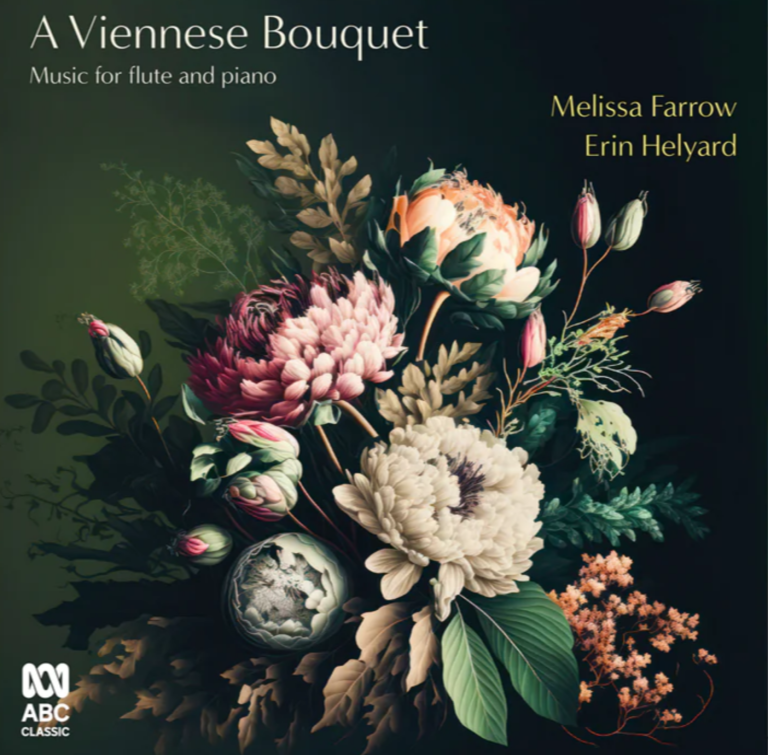CD Review: Amy Dickson ‘Dusk & Dawn’
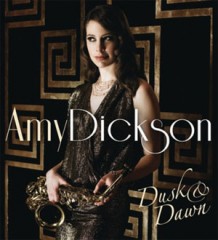
Dusk & Dawn
Amy Dickson, Sony Classics 88725479572
Sydney born saxophonist Amy Dickson’s latest CD release Dusk & Dawn won for her the title of Breakthrough Artist of the Year at the 2013 Classical Brit Awards. This was the first Classical Brit Award for an Australian as well for the saxophone.
Dusk & Dawn contains 12 familiar tracks arranged for saxophone and orchestra. The unifying theme is mood rather than style or genre, because on it you’ll hear music from opera, film, jazz and the ‘classics’, written by Bellini (Casta Diva from Norma) and Tom Waits (In The Neighbourhood), Nino Rota and Debussy (Dr Gradus ad Parnassum from The Childrens’ Corner Suite), Hoagy Carmichael and Chopin. None of them were originally written for the saxophone. The album topped the UK Classical chart earlier this year.
Amy Dickson’s playing is impressive. She distils the saxophone’s beauty of sound and its versatility of tone, from the plaintive La Strada by Rota, to the warmth that oozes out in Jerome Kern’s Smoke Gets In Your Eyes. Her masterful circular breathing unwinds the smoothest of phrasing; her improvisations skip up and down the registers, and her technique makes a romp of Dr Gradus ad Parnassum, written by Debussy as a satire within his Children’s Corner Suite for young musicians who had an aversion to practising scales. You get the idea.
That said, there are several other interesting aspects of this anthology. Firstly, repertoire. The saxophone was invented in 1840. It doesn’t feature in any of the great classical music that was composed before this date. Yet there is music that is eminently suited to its style and sound, and Dusk & Dawn reaches back in time to transcribe for the saxophone, music that is older than the instrument itself.
Secondly, the instrument that was invented by Adolphe Sax in 1840 was a work in progress. The saxophone was protected by patent for another 26 years before other instrument makers could improve on and refine the mechanism. Instruments can take many years to evolve into something workable and reliable. Even then it is an ongoing process. The instrument played today has more than 300 parts. Whilst the arrangements that emphasised the slow and the sultry worked well, those that required a sense of lightness – Dr Gradus ad Parnassum, the cadenzas and ornaments in Cast Diva – sounded on the heavy side.
Lastly, the programming. Beginning with Faure, moving through the eclectic selection and closing with Chopin, it is refreshing that the sequencing wasn’t restricted by the custom of chronological order. However, there is potential for a sense of restlessness with the mixing of vastly different styles in quick succession – for example, Casta Diva is followed by Smoke Gets In Your Eyes; I Only Have Eyes For You by Chopin’s Nocturne No 2 in E flat; Piazzolla is followed by Debussy then Hoagy Carmichael. Perhaps in the interests of allowing a mood to build, the tracks could have been grouped in brackets according to style.
Shamistha de Soysa for SoundsLikeSydney©

